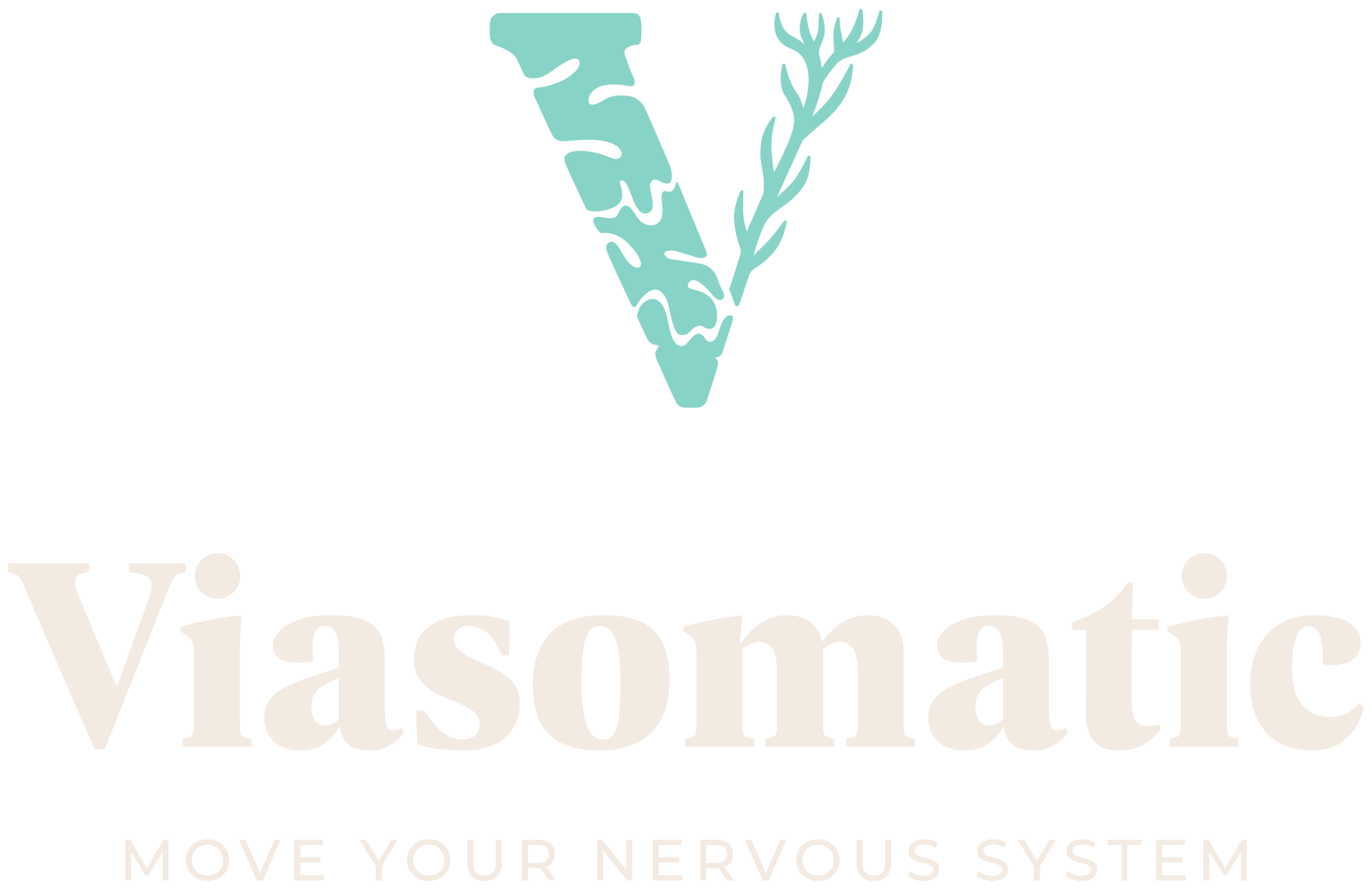It’s not just the illness. It’s surviving daily life with it.
When we live with chronic illness, we learn to budget our energy like it’s a precious resource.
Every plan runs through the filter of pain, symptoms, and “will my body cooperate today?”
But it’s not only the illness we’re managing.
It’s the cortisol our bodies keep pumping to help us survive what feels like a daily marathon.
Appointments. Symptoms. Medications. Side effects. The uncertainty of what tomorrow might bring.
Even on the good days, our nervous systems can still hold a silent fear that the next flare could arrive at any moment.
This is the invisible labor of chronic illness.
And it deserves understanding, support, and spaces to let down the load.
Every plan runs through the filter of pain, symptoms, and “will my body cooperate today?”
But it’s not only the illness we’re managing.
It’s the cortisol our bodies keep pumping to help us survive what feels like a daily marathon.
Appointments. Symptoms. Medications. Side effects. The uncertainty of what tomorrow might bring.
Even on the good days, our nervous systems can still hold a silent fear that the next flare could arrive at any moment.
This is the invisible labor of chronic illness.
And it deserves understanding, support, and spaces to let down the load.
Why Our Bodies Feel Like They’re Always Fighting
Chronic illness doesn’t just affect our symptoms.It can reshape our sense of safety.
When our body’s capacity is unpredictable, our nervous system learns to live in scarcity.It prepares for the possibility that we may not have enough energy, time, or stability to make it through all that daily life demands.
You might notice:
When our body’s capacity is unpredictable, our nervous system learns to live in scarcity.It prepares for the possibility that we may not have enough energy, time, or stability to make it through all that daily life demands.
You might notice:
This isn’t a failure of will or strength.
Our nervous system is doing exactly what it was built to do: keep us alive.
It just gets tiring to stay in survival mode all the time.
Our nervous system is doing exactly what it was built to do: keep us alive.
It just gets tiring to stay in survival mode all the time.
Where Somatic Work Can Help
We can’t take the illness away.
But we can help your body stop carrying the full emotional load of it alone.
Here are three gentle nervous system practices that meet you where you are… seated, resting, or in between appointments:
But we can help your body stop carrying the full emotional load of it alone.
Here are three gentle nervous system practices that meet you where you are… seated, resting, or in between appointments:
The Butterfly Hold
Cross your arms over your chest and gently tap your shoulders, alternating sides. This rhythmic, bilateral movement can calm your body’s protective reflexes and help you feel contained and supported.
Seated Twist with Peripheral Vision
Sitting comfortably, turn slowly to one side, letting your eyes follow. Then gently shift your gaze to take in the space around you, your peripheral vision. This combination helps release bracing patterns and tells your body, “I’m safe in this space right now.”
The Basic Exercise
A subtle, powerful way to reset the vagus nerve and restore balance. By gently engaging and releasing the small muscles that stabilize your head, this practice helps quiet the internal alarm and brings a grounded sense of presence.
This isn’t about making symptoms disappear. It’s about lowering the burden of stress that they bring.

